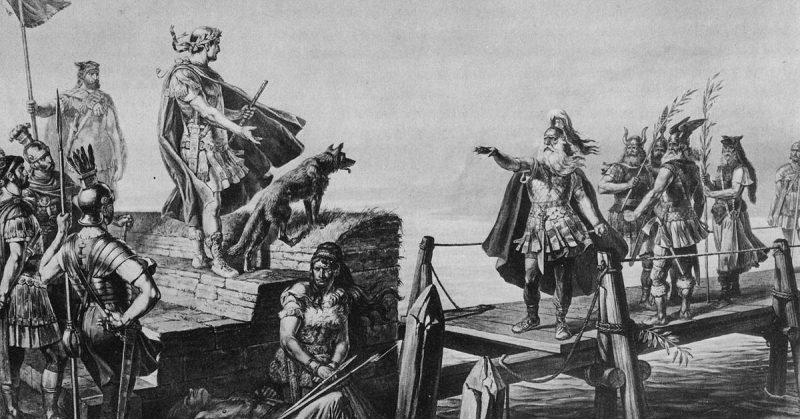Generals now certainly do not fight on the front lines, that would be ridiculous. Perhaps the last time we had instances of high-ranking officers in combat was during WWII.
In the ancient world, fighting at the front was not uncommon. A general could sit on a horse, or on an elephant as Hannibal did, and survey their tactics unfolding – sending reserves or different orders as needed. Some generals had an itch for combat and couldn’t wait to get into the fray with their men; tactics be damned. The best generals, however, were those who knew when to lead from an informed and safe position, and when it was time to show the troops that you could fight with them.
Caesar
Julius Caesar has to be one of the most intellectually able generals of all antiquity. His victories involved sound tactics and the incredible loyalty of his men. Even with his tactical genius and well-trained army, Caesar’s battles were often hard-fought bouts – mostly because the enemy tended to outnumber his army by a reasonable amount.
At Alesia, Caesar besieged the city by building a massive ring of fortifications facing the city to starve the defenders. Then, to protect his own thin lines, he ordered a second wall built, facing outwards towards the tens of thousands of Gauls marching to aid Alesia.
The Gauls attacked the Roman fortifications from both sides, searching for weaknesses, before launching a massive assault. Outnumbered two to one, Caesar gave orders to his officers, sending them on counterattacks and shoring up the defenses.
Even when he had done all he could, Caesar could see that his forces were still struggling, so he rode into the fray and started fighting. He did this with his full armor and scarlet cloak on so his men would see him and be inspired to fight harder. The Romans eventually stopped the attacks and forced Alesia to surrender.
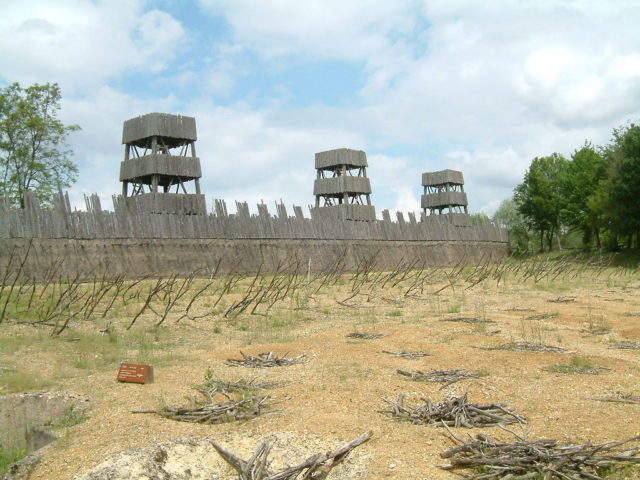
Caesar also found himself in a grim situation in his last great battle of Munda. Facing about 70,000 men in an elevated position, Caesar made a rare error and had his 40,000 men charge about a mile before going uphill. A storm of javelins rained down and demoralized the already tired veterans of Caesar’s army.
Caesar, so close to eliminating his rivals, faced total defeat. In a bold move, Caesar took his helmet off so all could recognize him and berated his army for faltering. When he saw his words were not working, Caesar took action.
Taking the shield from a startled legionary, Caesar charged the enemy lines, dodging and blocking swarms of enemy missiles. His ashamed army rallied a charge to protect their leader. After fierce fighting, during which Caesar saw his fair share, Caesar’s men finally prevailed. It was said that he had often fought for victory, but that this time, he had fought for his life.
Leonidas
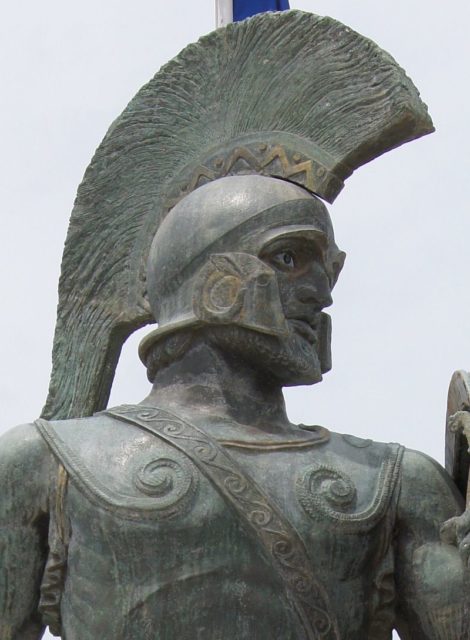
Spartan Kings could indeed fight alongside their men, but Leonidas stood above the rest. Leonidas grew up being remote from the line to the Spartan throne although he was not exempt from going through the traditional agoge training. Leonidas was one of the better students of the agoge and came out with more martial prowess than most of his peers. When he came to rule, he affirmed his place as king by being one of the most qualified Spartans to lead his men in war.
Leonidas fought and died at Thermopylae. The fearless leader and his men fought the Persian army for days. The Persians though found a way around through a pass, but the Spartans blocked the road to enable thousands of their allies, the Greeks to escape. Leonidas took part in all of this. He spent hours fighting, was injured and even survived to the final day, only succumbing to massive arrow volleys. What most people don’t know was that Leonidas was likely in his early to mid-sixties during the Battle of Thermopylae.
Leonidas took part in all of this. He spent hours fighting, was injured and even survived to the final day, only succumbing to massive arrow volleys. What most people don’t know was that Leonidas was likely in his early to mid-sixties during the Battle of Thermopylae.
Pyrrhus
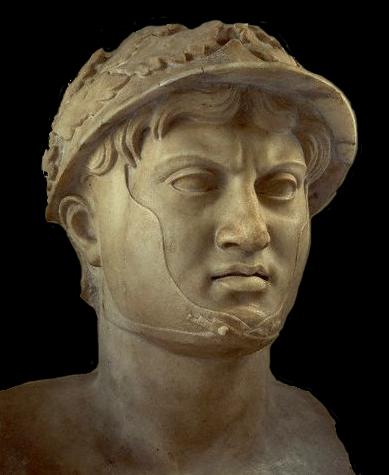
It is too unfortunate that Pyrrhus is remembered for the term Pyrrhic victory, as he had a remarkable career outside those battles against Rome. Pyrrhus saw himself as the ultimate warrior, hoping to leave a tactical legacy like no other, as well as being compared to Achilles in combat. Pyrrhus didn’t just sit and dream, he trained excessively and proved his abilities in combat.
Early in his career, Pyrrhus faced an invading Macedonian army under famed swordsman, Pantauchus. The troops would fight, but the two generals also challenged each other to single combat. The duo fought until their spears were useless and then went for their swords. Pyrrhus was wounded but quickly sent Pantauchus fleeing, the Macedonian eventually being carried away, with a gash on his leg and neck.
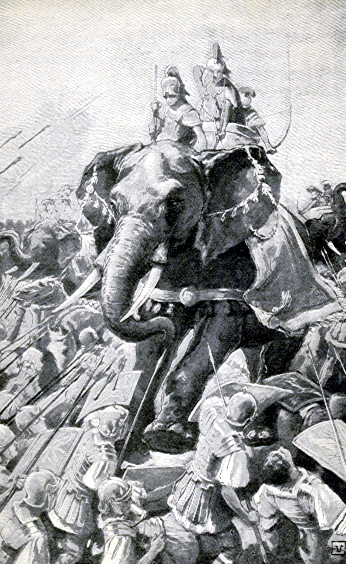
Later in his career, Pyrrhus seemed to engage in combat sparingly, focusing mostly on organizing and overseeing his battles. During at least one of the hard-fought battles against the Romans, Pyrrhus did find himself wading in. Again, on his campaigns against the Carthaginians in Sicily, Pyrrhus personally stormed the walls of the great city Eryx, causing many casualties though suffering no injuries.
Finally, after his botched attack on the capital of Sparta, Pyrrhus led assaults into the city before enemy reinforcements forced him to abandon the assault. While pursued by the Spartans, Pyrrhus personally led a rear-charge and killed a Spartan officer in single combat. He then stood his ground and killed more Spartans, before mounting his horse and rejoining his army.
Alexander the Great
Well, the saying goes for Alexander that there wasn’t a weapon in the world that Alexander wasn’t injured by. There is not much to say here because he was just such a front ranks fighter that it is impossible to pick out battles where Alexander wasn’t fighting along with his troops.
Alexander often fought with his companion cavalry, who formed the decisive actions of his field campaigns. At Gaugamela, Alexander led the charge at the heart of the Persian formation, forcing Darius to flee.
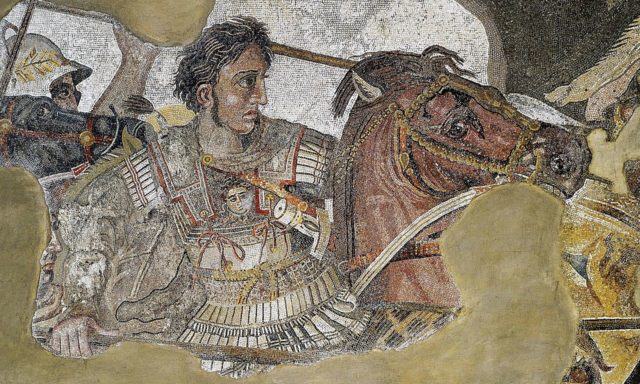
Alexander also fought during city assaults. He was wounded in the shoulder, leg, and ankle in many battles, with varying degrees of severity. Occasionally, Alexander needed to take a few days, or even weeks, to recover from his injuries. This didn’t stop him from leading his army, and it certainly didn’t scare him away from future combat. If he had not become sick, it is likely Alexander would still have died young, fighting on the front lines.
Marcellus
Last, but not least, we have Marcellus of Rome. Probably the least well-known of the commanders on this list, Marcellus boldly stood up to Hannibal during the Second Punic War. Unfortunately, a lot of the Italian campaigns of Hannibal and the Romans after Cannae were poorly recorded. We do know, though, that Marcellus didn’t shy away from combat.
Before the war with Carthage, Marcellus went into battle against a Gallic Chief, unhorsing this chief and killing him in single combat. Marcellus had the high honor of claiming spolia opima, killing an enemy king and stripping his armor.
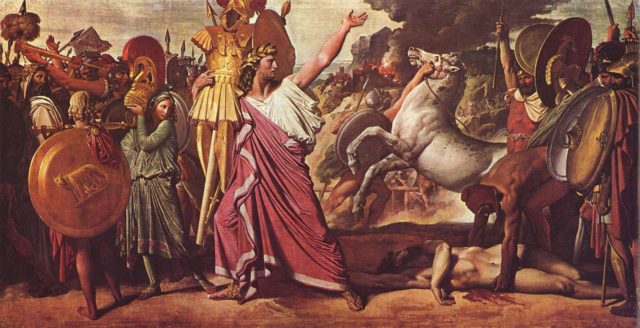
Marcellus fought with honor during the Punic wars, denying Hannibal by defending the city of Nola from three savage attacks in three years, each personally led by Hannibal. Marcellus would go on to lead the siege and assault of Syracuse, overcoming the frustrating machines of Archimedes to take the city finally.
Marcellus died as he lived, being killed by Hannibal’s troops while on a scouting mission. Unfortunately, we do not know too much about Marcellus’ combat in detail. Though from what we do know, combined with the fact that he was called the “Sword of Rome” for his aggressive defense of Italy, we can assume that he partook front line fighting many times.
